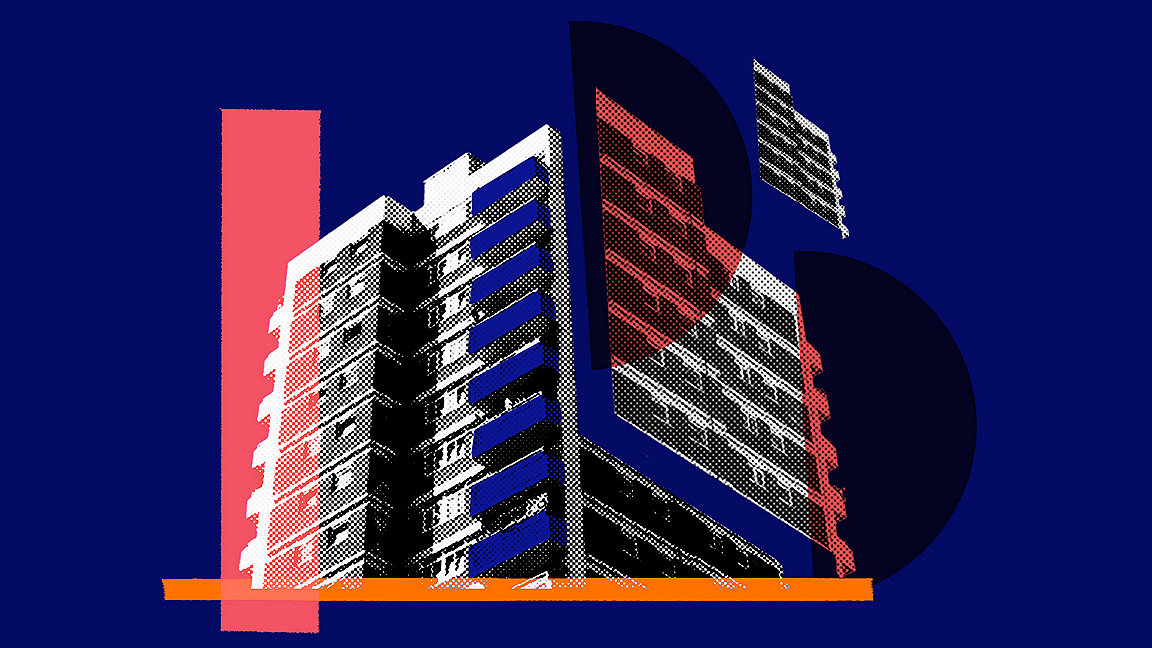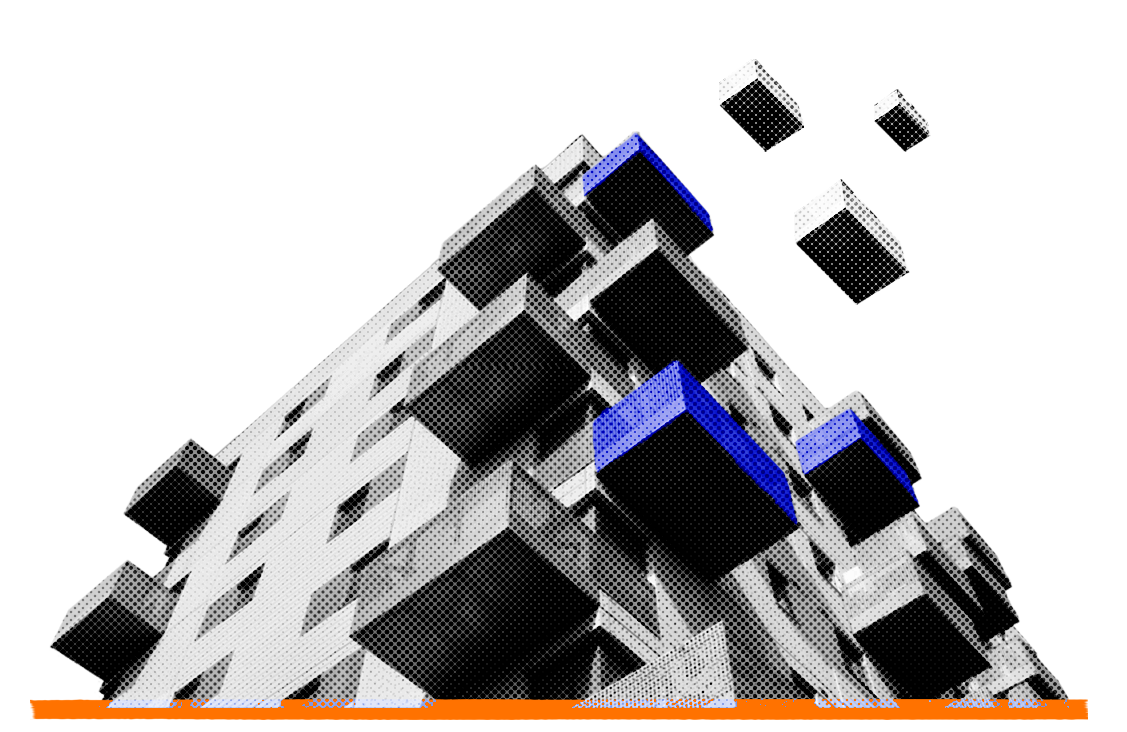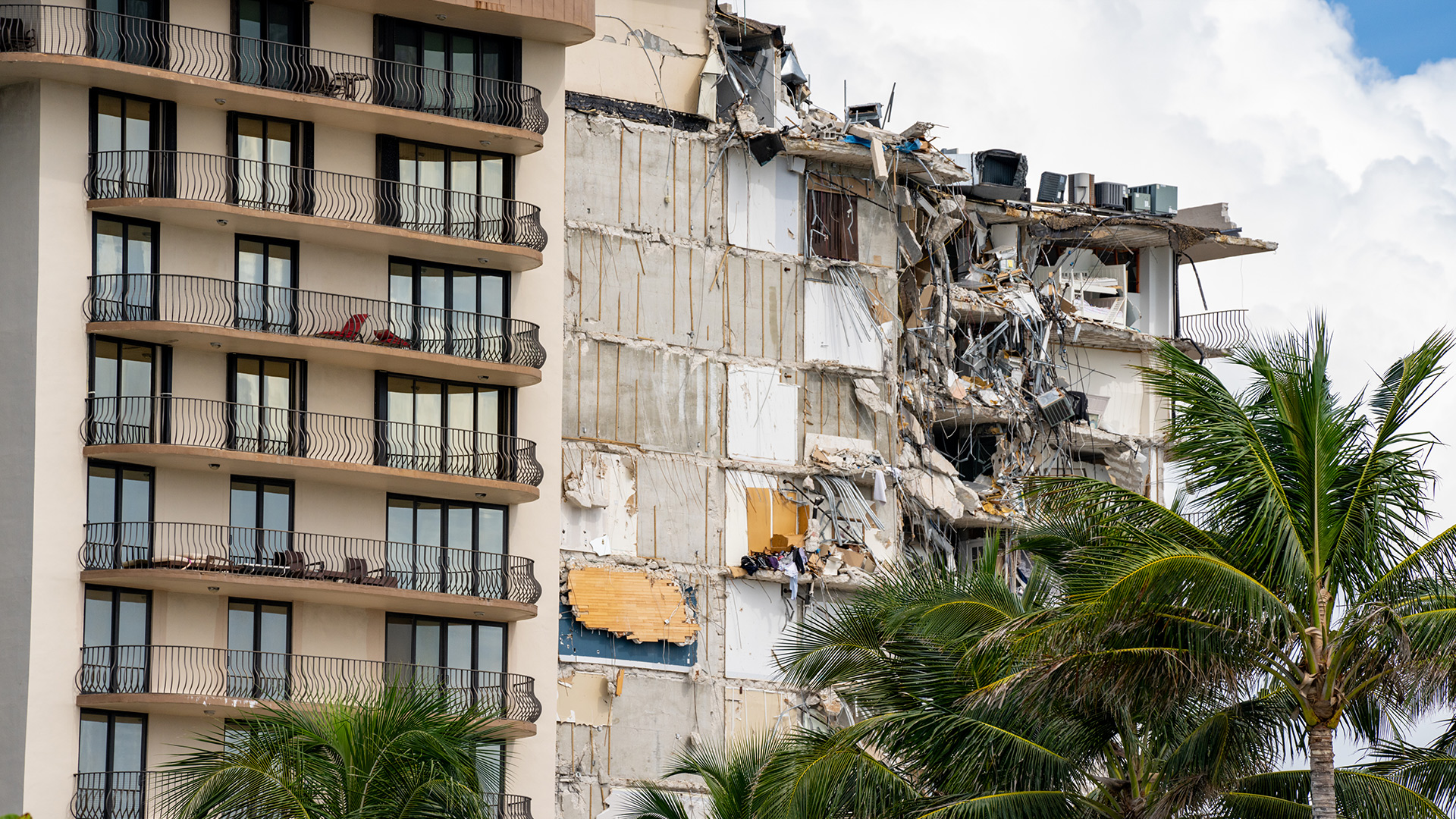
The sudden collapse of Champlain Towers South on 24 June 2021 was a powerful reminder of just how devastating failure in high-rise buildings can be. It is believed 98 people lost their lives as the 12-storey apartment block in the beachfront community of Surfside, near Miami, came down without warning.
It was a tragedy made all the more poignant because the building, constructed in 1980-81, was undergoing a 40-year recertification process to ensure its safety, as required by Florida law.
A 2018 structural survey had revealed major damage to the tower’s concrete, caused by water leakage. But repairs were delayed as the condo’s management board argued over the costs and scope of work, and meanwhile the structure continued to deteriorate. With hindsight, the $15m repair project that began in April was already far too late.
When such catastrophes strike, it is natural to question whether the incident was a one-off, caused by a particular set of circumstances, or whether there are wider implications. Disastrous building failures are comparatively rare, but not unheard-of, with several such incidents occurring worldwide each year. Is the world’s ageing stock of 20th century high-rises safe?
Jiqiu Yuan, executive director for multi-hazard mitigation at the US National Institute of Building Sciences, says incidents where buildings collapse on their own is “not a big concern in general.” However, he adds that because building codes are constantly evolving to take account of new learning, weak structures built to outmoded standards present a problem. “If something happens like a natural disaster, an earthquake, hurricane or tornado, those buildings are more vulnerable to collapse or damage than modern buildings.”
The investigation into the causes of the Champlain Towers collapse is ongoing, but the known facts of the case contain a “salutary lesson” about the management of other reinforced concrete structures, argues building pathology expert Michael Parrett FRICS. “In the Champlain disaster it was the swimming pool podium deck over the undercroft car park that collapsed and started to bring down the tower structure on top. There are a lot of similarly constructed buildings in the UK and elsewhere with podium decks. They are only as good as the waterproofing, because water migrates through the structure, reducing the alkalinity of the concrete, making it acidic, so the reinforcements corrode and collapse can follow.
Outdated building practices
“Building codes in place over the past hundred years have been found, in time, to be seriously lacking. The Champlain and Grenfell Tower disasters highlight the potential for systemic failure in similar buildings around the world. And this has to be addressed in retrofit solutions and a high degree of maintenance on a lot of buildings.”
The UK’s large panel system tower blocks are another example of the dangerous legacy left behind by outdated practices, says building pathologist Arnold Tarling FRICS. Such structures became notorious after the 1968 Ronan Point disaster in London, when a gas explosion caused the partial collapse of a 22-storey tower block. Building regulations were consequently changed, but Tarling believes that up to 100 such buildings may still be standing, many of them difficult to identify because of the later addition of cladding.
“Those buildings are at risk of catastrophic collapse if there is a gas explosion or large fire,” he claims. “The building methods adopted were not up to the job. They should have been taken down back in the 1970s. My view is it is too expensive to strengthen them retrospectively. If we keep rolling the dice, we will eventually have a disaster.”
Climate change will increase the risk to some structures. Investigators will be examining whether rising sea levels on the Florida coast affected Champlain Towers’ foundations, for example, and extreme weather events will become more frequent. “Climate change will be a huge factor. There will be a conversation in the US about how we incorporate scientific climate information into design and cost considerations,” says Yuan. Carbonation of concrete, which raises acidity and promotes corrosion, will be increasingly problematic, predicts Parrett. “A lot of our concrete structures are becoming carbon sinks and this will unquestionably have an effect as an accelerator towards the corrosivity of the reinforcing bars, leading to potential collapse.”

“If we keep rolling the dice, we will eventually have a disaster” Arnold Tarling FRICS, building pathologist
Preventing future tragedies
Can more be done to prevent future tragedies? Yuan was a member of a panel of experts which considered how to avoid a recurrence of the Champlain Towers incident. He suggests tools need to be developed so non-specialists can more easily identify the most at-risk buildings for which inspections and maintenance need to be stepped up. He also recommends providing greater transparency around the maintenance history of buildings, so that it can be examined in the same way as a second-hand car buyer would probe a vehicle’s service history. “That can be exposed to the owner, or the financial industry. It provides an incentive to keep your building in good shape besides the code and regulation, because if you don’t do it, you might have trouble getting a loan or insurance.”
Parrett calls for tighter regulation, and more frequent inspections to be carried out by well-trained professionals who can identify systemic failures. “Over their careers most surveyors will probably work more on existing buildings than they do new ones,” he says. “Practices from past building codes are still with us, but how many people are aware of the frailties of these earlier structures? There needs to be more education on this. I would like to see a building failure and pathology element weaved into undergraduate studies, particularly for those coming through in building surveying and construction management.
“While Champlain Towers is a rarity, what it highlights is the lack of maintenance, and the lack of professional wherewithal in picking up those problems before it gets to that stage. Repair and maintenance should not be the Cinderella of our industry. It is of prime importance,” he cautions. “There will be another Champlain disaster, I have no doubt.”
Three recent high-rise building collapses
Lagos, Nigeria, 2021
A luxury 21-storey apartment building, known as 360 Degrees Towers, collapses while under construction, killing at least 42 people including the development’s owner and many labourers. The cause is still under investigation, but reports suggest that the building had planning permission for only 15 storeys, not 21, and that poor quality building materials may have been employed to save money.
São Paulo, Brazil, 2018
The 24-floor 1960s-built Wilton Paes de Almeida Building falls following a fire, killing at least seven people. The modernist skyscraper, a listed historic building, had fallen into disrepair, and was occupied by squatters. The intensity of the blaze, and the speed with which it spread, was attributed to empty lift shafts acting as a chimney, and by modifications carried out by the inhabitants using combustible materials such as wood and paper.
Tehran, Iran, 2017
The Plasco building, a familiar landmark on the Tehran skyline, and Iran’s tallest building at the time of its construction in the 1960s, collapses after a fire. The 17-storey building had been evacuated and emergency crews battled the blaze for some hours, before it fell suddenly, killing around 20 firefighters. Reports suggest that the owners ignored repeated warnings that the building, in which former office space had been divided up into numerous garment workshops, was unsafe.

“The Champlain and Grenfell Tower disasters highlight the potential for systemic failure in similar buildings around the world” Michael Parrett FRICS, building pathology expert


